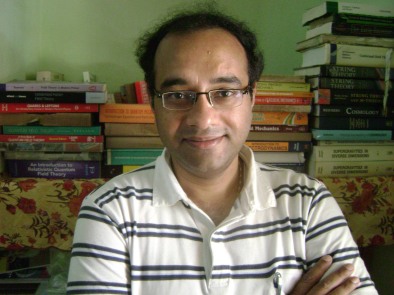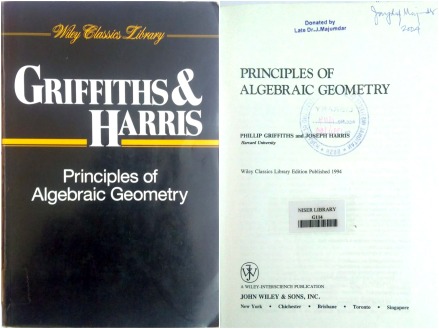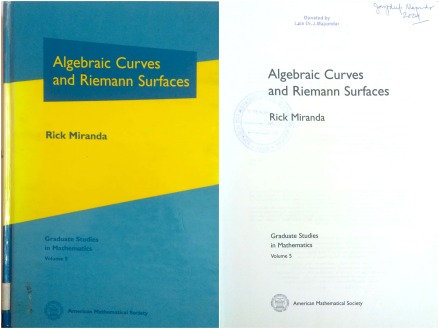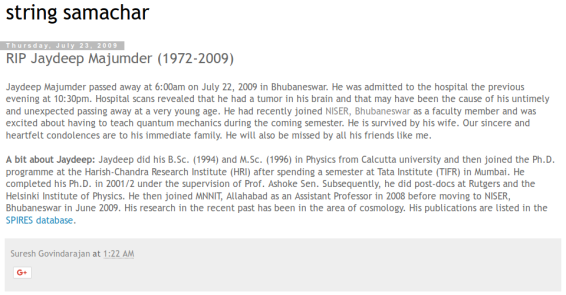
Dr. Jaydeep Majumder (07 June 1972 – 22 July 2009)
Recently I finished the first part of my master’s thesis related to (complex) algebraic geometry. There are not many (useful) books available on this topic, and most of them are very costly. In fact, my college library couldn’t buy enough copies of books in this topic. However, fortunately, Dr. Jaydeep Majumder‘s books were donated to the library and they will make my thesis possible:

Principles of Algebraic Geometry by Joseph Harris and Phillip Griffiths

Algebraic Curves and Riemann Surfaces by Rick Miranda

Hodge Theory ans Complex Algebraic Geometry – I by Claire Voisin
While reading the books, I assumed that that these books were donated after the death of some old geometer. But I was wrong. He was a young physicist, who barely spent a month at NISER. A heart breaking reason for the books essential for my thesis to exist in the college library.
Dr. Majumder was a theoretical high energy physicist who did research in String Theory. He obtained his Ph.D. under the supervision of Prof. Ashoke Sen at HRI. He joined NISER as Reader-F in June 2009, and was palnning to teach quantum mechanics during the coming semester. Unfortunately, on 22 July 2009 at the young age of 37 he suffered an untimely death due to brain tumor.
I just wanted to say that Dr. Majumder has been of great help even after his death. The knowldege and good deeds never die. I really wish he was still alive and we could discuss the amazing mathematics written in these books.


You must be logged in to post a comment.